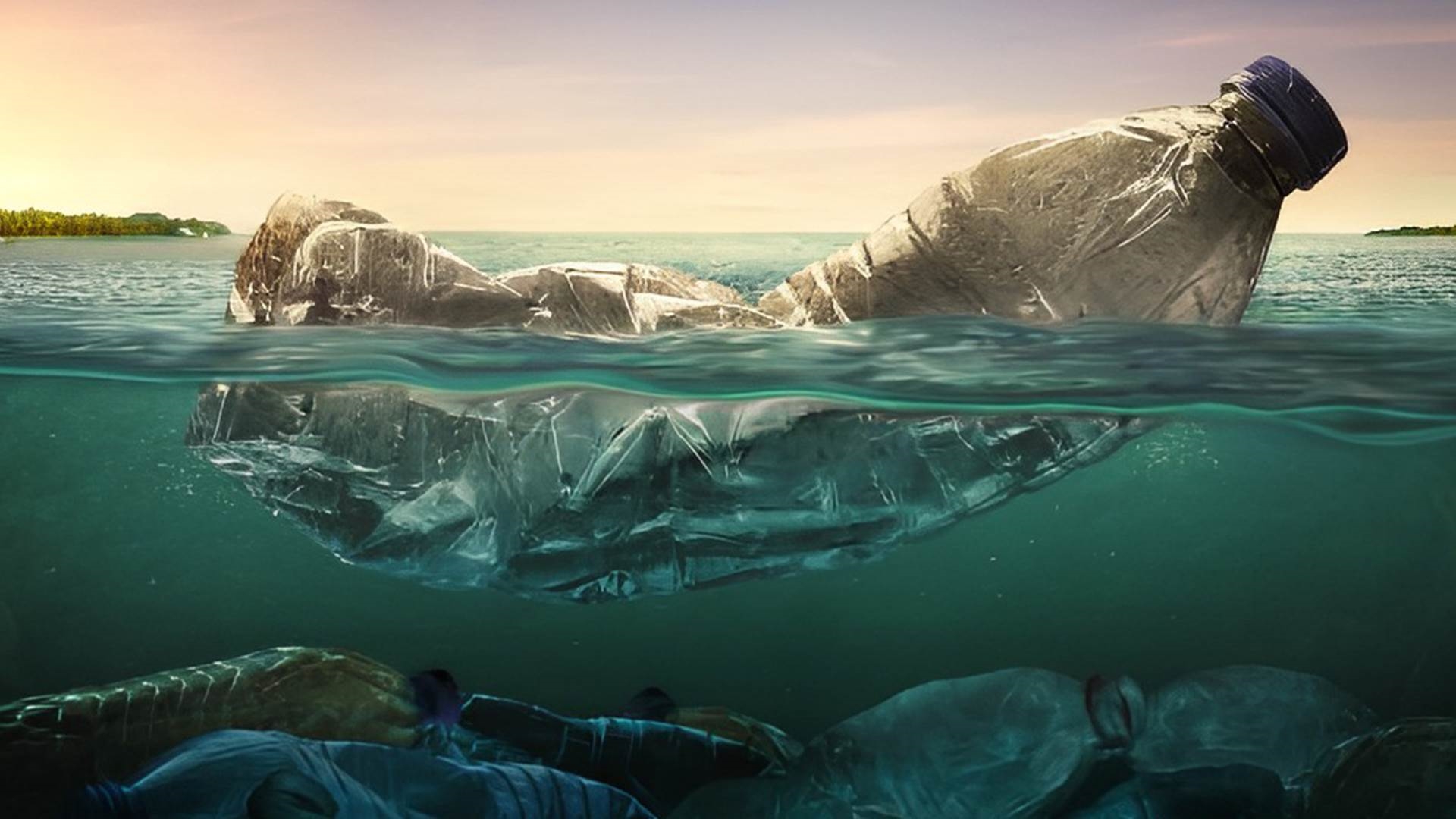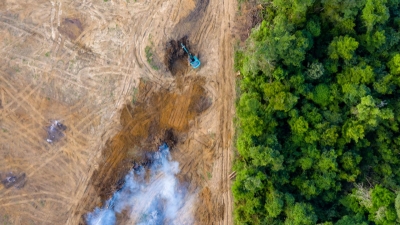Containing toxic substances absorbed by the skin, New study warns against plastics
First Bank

A new study published in environment International by researchers at the British University of Birmingham revealed that toxic chemicals used in flame-resistant plastics can be absorbed into the body through skin by contact with microplastics.
The researchers explained that their study provides the first empirical evidence that chemicals present as additives in microplastics can leak into human sweat, thus absorbing through the skin of the bloodstream.
The experimental study revealed that these chemicals can also be absorbed from sweat through the skin barrier to the body. This was achieved in the results of its experiments in which innovative 3D models of human skin were used as alternatives to laboratory animals and eradicated human tissues and then displayed 24-hour models for two common forms of microplastics with a diameter of less than 5 millimeters, It contains PBDEs, a chemical group commonly used in plastics and furniture to prevent them from igniting or delaying the spread of flames.
The results of the study showed that skin can absorb up to 8% of the chemical, while more hydrated - or "more sweaty - skin absorbs higher levels of those chemicals.
The researchers stated that microplastics are everywhere in the environment, yet we know relatively little about the health problems they can cause.
They explained that their study cautions against the role of such substances as carriers of harmful chemicals, which can enter the bloodstream through the skin, and given the persistence of such substances, constant or systematic exposure to them can lead to progressive accumulation causing damage.
The Group noted that these results provide important evidence for regulators and policymakers to improve microplastics legislation and protect public health from harmful exposure.







